The Science Behind Cryotherapy for Muscle Recovery
Athletes, fitness enthusiasts, and individuals with chronic pain are increasingly turning to cryotherapy—a cutting-edge recovery technique that uses extremely cold temperatures to reduce inflammation, relieve pain, and accelerate healing. Whether employed as whole-body cryotherapy or localized treatments, this innovative approach is revolutionizing how we manage muscle recovery and overall wellness.
What is Cryotherapy?
Cryotherapy involves exposing the body or specific areas to cold temperatures, typically ranging from -150°F to -200°F, for short durations. The treatment can be administered in specialized cryotherapy chambers or through localized devices targeting specific areas of the body.
How Cryotherapy Works
- Vasoconstriction and Vasodilation: The extreme cold causes blood vessels to constrict (vasoconstriction), reducing inflammation and swelling. Once the body warms up, blood vessels dilate (vasodilation), increasing circulation and delivering oxygen and nutrients to tissues.
- Endorphin Release: The cold exposure stimulates the release of endorphins, natural painkillers that improve mood and reduce discomfort.
- Metabolic Boost: Cryotherapy enhances the body’s metabolic rate, aiding in tissue repair and recovery.
Benefits of Cryotherapy
- Reduces Inflammation
- Cryotherapy is highly effective at reducing swelling caused by injuries or overuse. This makes it ideal for treating conditions like tendonitis, arthritis, and muscle strains.
- Speeds Up Recovery
- By improving blood flow and flushing out toxins, cryotherapy accelerates the healing process, allowing athletes to return to training sooner.
- Relieves Pain
- Cold exposure numbs nerve endings, providing immediate pain relief. This is particularly beneficial for individuals with chronic pain conditions like fibromyalgia.
- Boosts Performance
- Regular cryotherapy sessions reduce muscle fatigue, enabling athletes to perform at their peak.
- Improves Mental Well-Being
- The release of endorphins during cryotherapy not only reduces pain but also enhances mood and focus.
Types of Cryotherapy
- Whole-Body Cryotherapy (WBC)
- Conducted in a cryotherapy chamber, the entire body is exposed to extremely cold temperatures for 2-3 minutes. This systemic approach is ideal for recovery after intense physical activity.
- Localized Cryotherapy
- Targets specific areas using devices that deliver cold air or liquid nitrogen. This is commonly used for treating acute injuries or chronic pain in joints and muscles.
- Ice Baths
- While less advanced, ice baths are a traditional form of cryotherapy that immerse the body in cold water to achieve similar benefits.
Real-Life Applications and Success Stories
Case Study: Recovery for a Professional Athlete
A professional soccer player recovering from a hamstring strain incorporated whole-body cryotherapy into his rehabilitation routine. By attending three sessions weekly, he experienced reduced inflammation and faster recovery, allowing him to return to play within four weeks.
Case Study: Managing Arthritis with Cryotherapy
A 55-year-old patient with rheumatoid arthritis reported significant relief from joint pain and stiffness after weekly localized cryotherapy sessions. The reduced inflammation improved her mobility and quality of life.
Tips for Safe and Effective Cryotherapy
- Consult a Professional
- Always seek guidance from a certified cryotherapy practitioner or healthcare provider to determine the best treatment plan for your needs.
- Limit Exposure Time
- Sessions should not exceed the recommended duration (typically 2-3 minutes for whole-body cryotherapy) to avoid frostbite or other complications.
- Wear Protective Gear
- Gloves, socks, and face masks should be used during whole-body cryotherapy to protect extremities and sensitive areas.
- Stay Hydrated
- Proper hydration supports circulation and enhances the recovery benefits of cryotherapy.
Combining Cryotherapy with Other Treatments
For maximum effectiveness, cryotherapy is often used alongside complementary therapies, such as:
- Massage Therapy
- Relaxes muscles and improves circulation after cryotherapy.
- Physiotherapy
- Enhances recovery by addressing underlying muscular imbalances or injuries.
- Strength Training
- Incorporating cryotherapy into a strength training regimen reduces soreness and promotes faster muscle repair.
Frequently Asked Questions About Cryotherapy
Is Cryotherapy Safe?
Cryotherapy is generally safe when performed under professional supervision. However, individuals with certain medical conditions, such as Raynaud’s disease or severe cardiovascular issues, should consult a doctor before undergoing treatment.
How Often Should I Use Cryotherapy?
Frequency depends on your goals. Athletes recovering from intense training may benefit from 2-3 sessions per week, while individuals managing chronic pain might find weekly sessions sufficient.
Does Cryotherapy Hurt?
The extreme cold can feel intense, but most people find the sensation tolerable. The short duration ensures discomfort is minimal.
The Future of Cryotherapy
As technology advances, cryotherapy is becoming more accessible and effective. Innovations like portable cryotherapy devices and app-controlled systems are making it easier for individuals to incorporate cold therapy into their routines. Additionally, ongoing research continues to explore new applications for cryotherapy in areas like mental health and metabolic health.
Conclusion
Cryotherapy offers a revolutionary approach to muscle recovery and pain management, providing a fast, effective, and non-invasive solution for a variety of conditions. Whether you’re an athlete seeking to enhance performance, an individual recovering from an injury, or someone managing chronic pain, cryotherapy can play a crucial role in improving your quality of life. By integrating this innovative therapy into your recovery routine, you can achieve your health and wellness goals with greater efficiency and comfort.

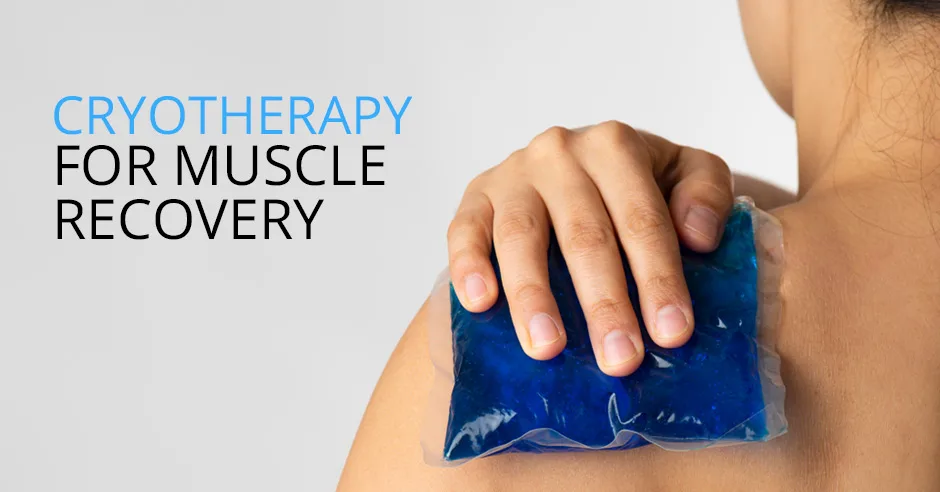
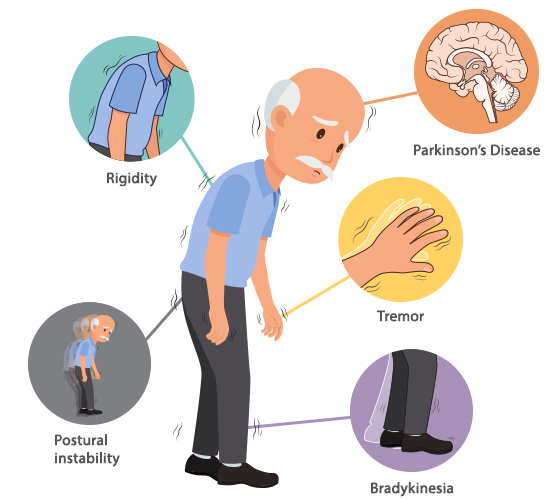



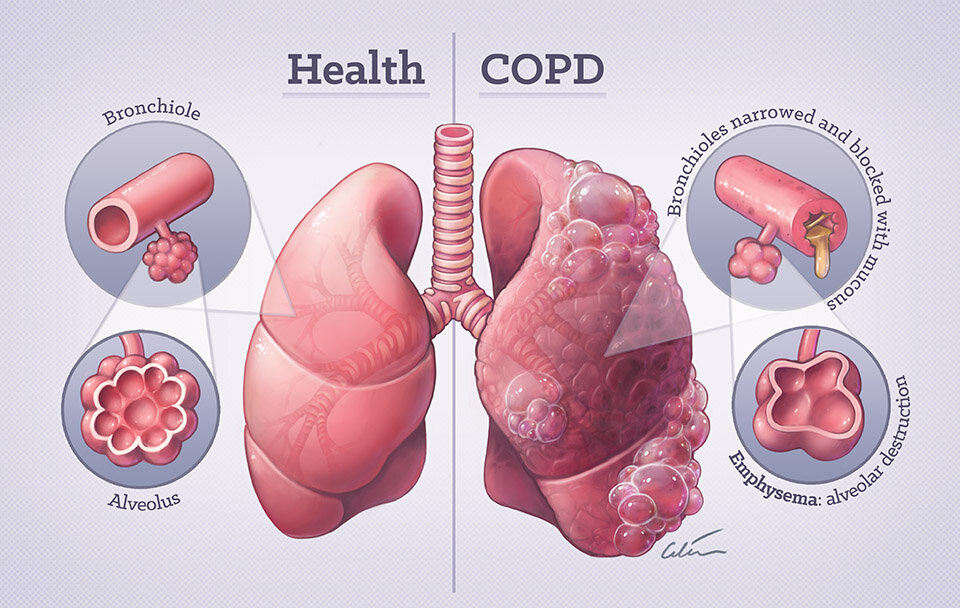

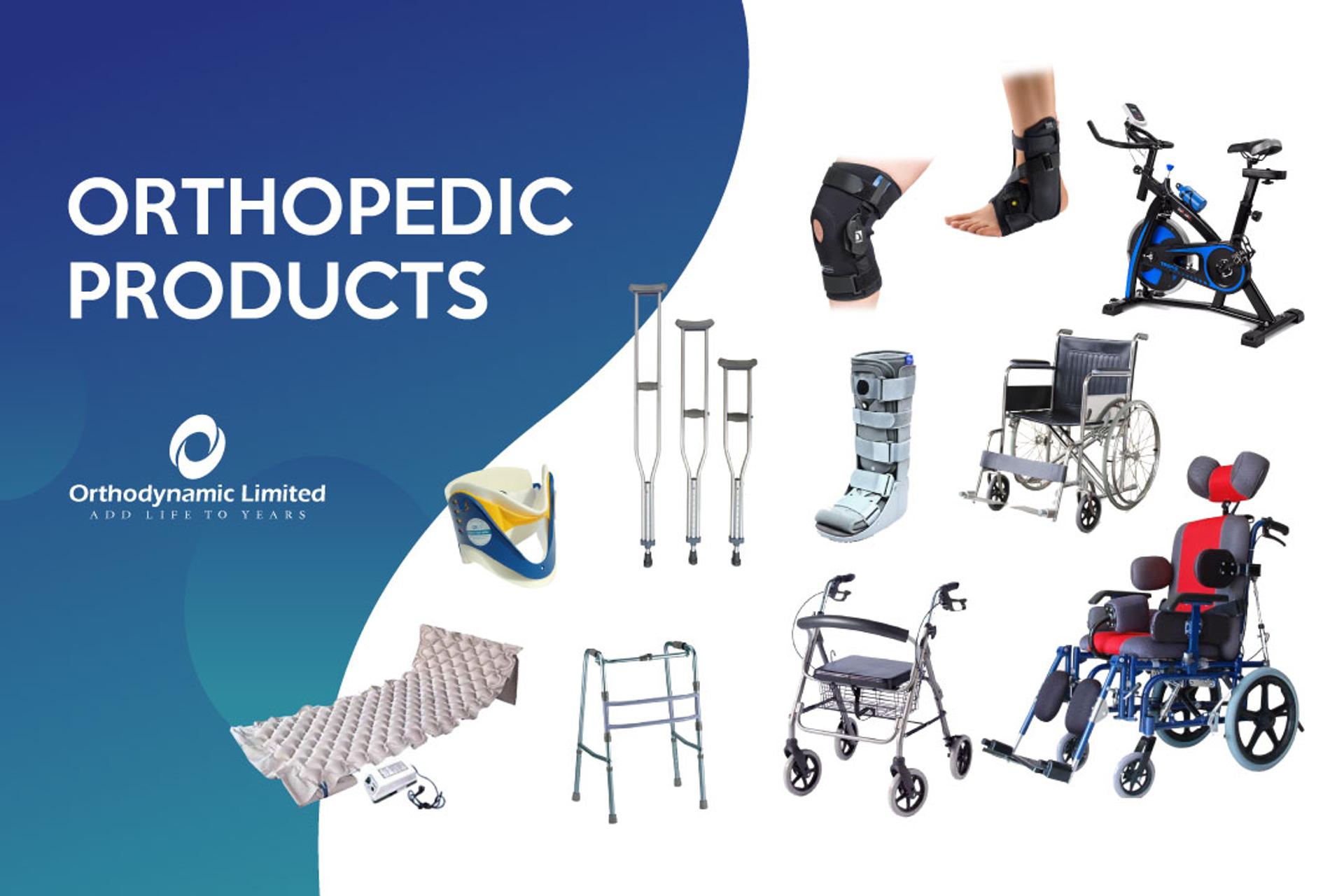

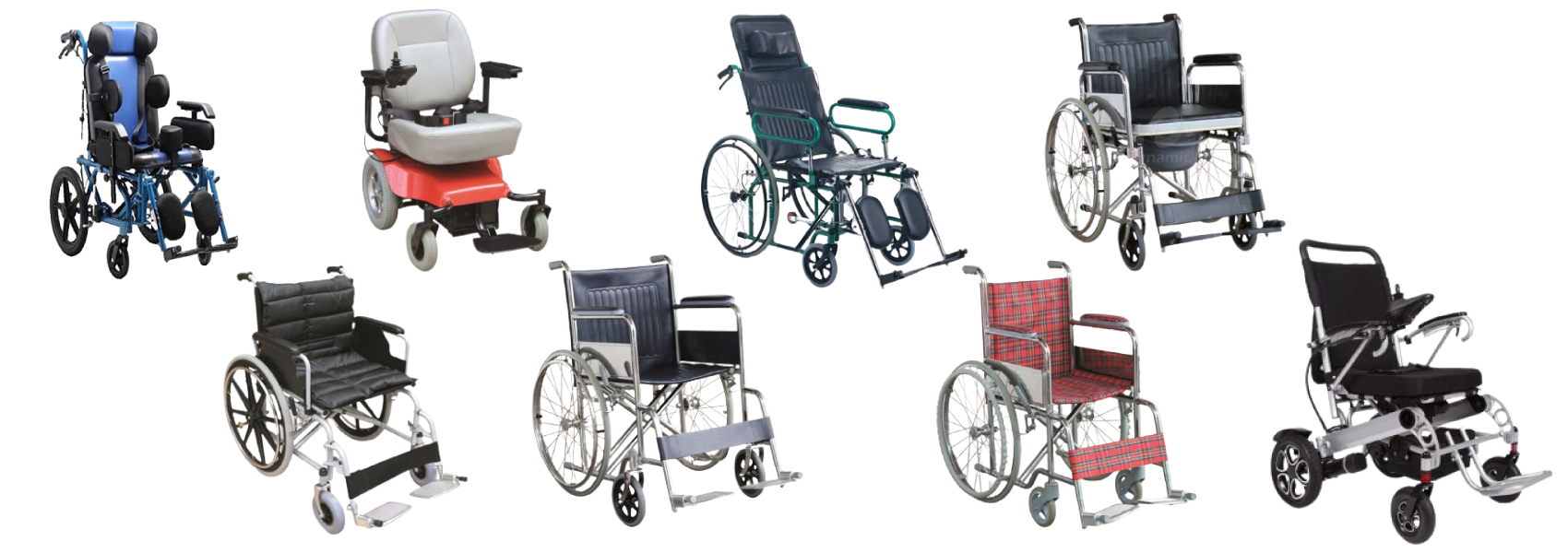
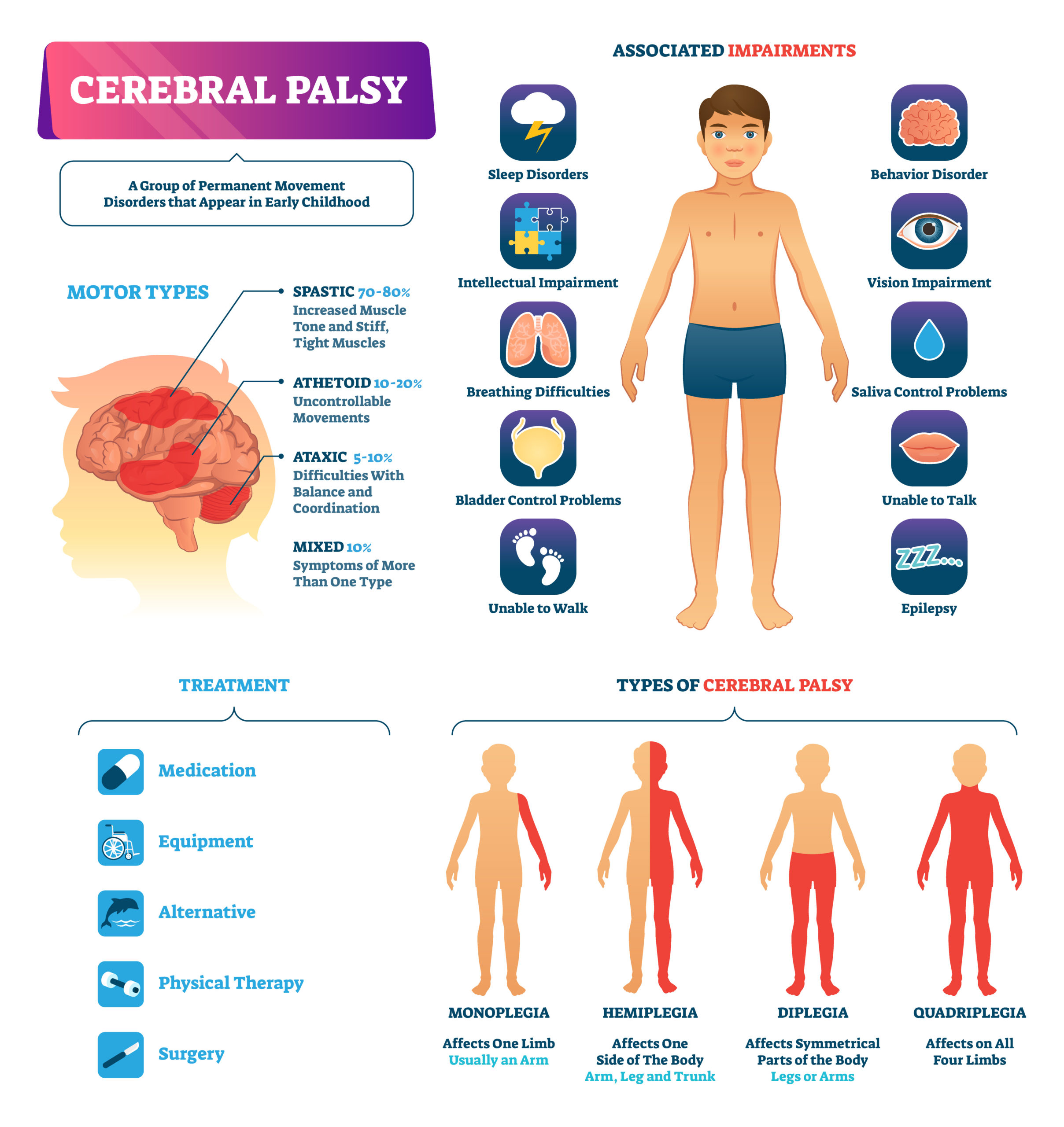
Leave a Reply